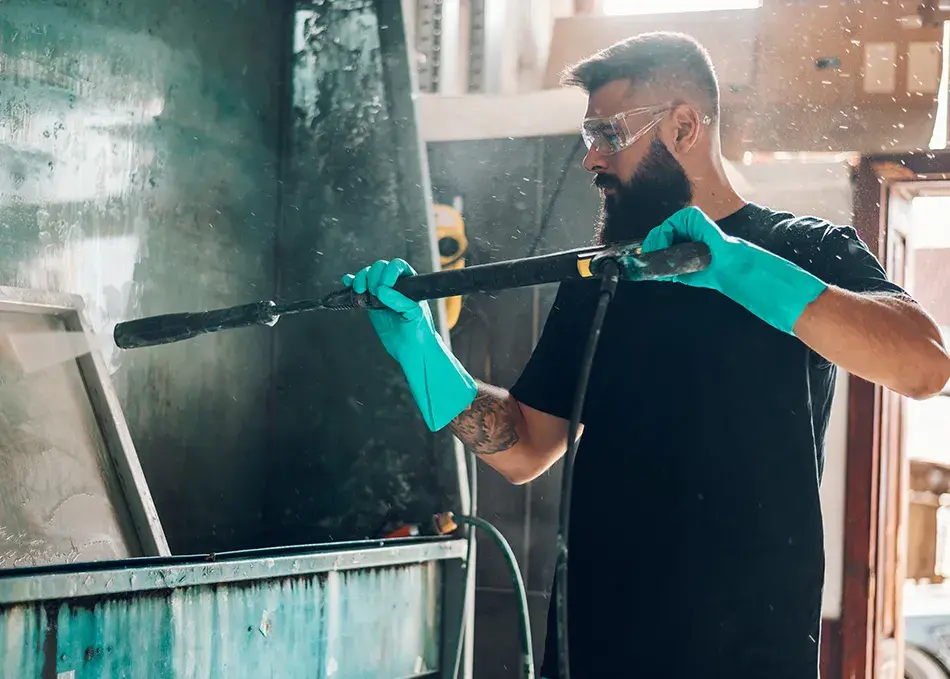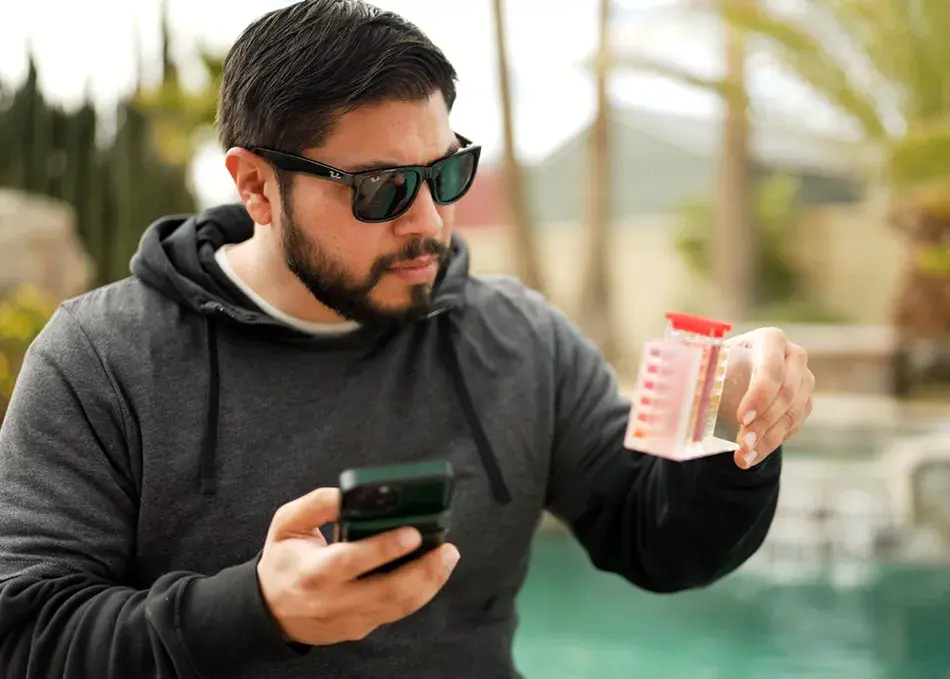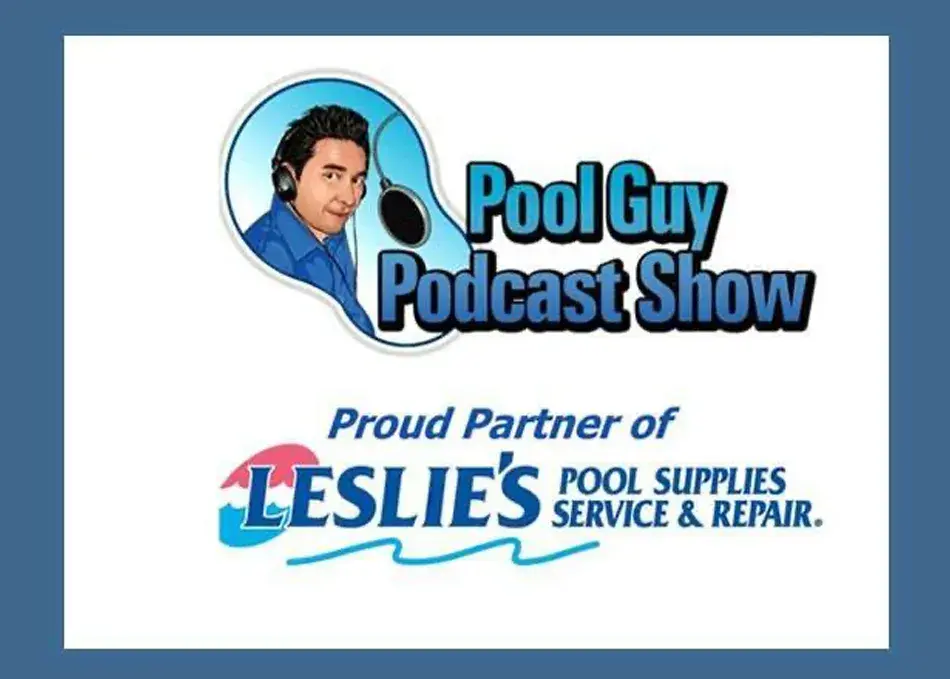Precision Pool Water Testing For Safe & Crystal-Clear Results
For Precision-Minded Pool Owners, Guessing Isn’t Good Enough If you’re the kind of pool owner who prefers data over assumptions and consistency over...
⬢ Pool Professionals
Professional-grade products. Expert support. Built for your business.
⬢ Pool Owners
Eco-friendly, easy-to-use solutions to keep your pool clean and clear.
⬢ Industrial
Efficient treatment & supply. Performance-focused operations support.
⬢ Municipal
Reliable solutions & delivery. Sustainable treatment for public systems.
⬢ Dealers
Help your pool & spa customers with trusted, professional-grade products.
⬢ Pool Products
HASA has the chlorine, algaecides, and sanitizers you need to keep your pool or spa clean and clear.
⬢ Hot Tub Products
Shop our full line of Hi-Temp spa care products, including Eco-Safe Clarifiers and pH Increasers.
⬢ Ancillary Products
Our eco-friendly water treatments are science-backed and purposefully focused.
⬢ Mini-Bulk Program
We deliver a premium 12.5% sodium hypochlorite solution for sanitizing commercial pools and large-scale water systems.
⬢ Blog
Learn from water chemistry experts.
⬢ Videos
Browse instructional how-to videos.
⬢ Safety Data Sheets
Download SDS sheets for HASA products.
⬢ Pool Chemical Calculator
Achieve balanced chemistry easily.
⬢ Orenda Academy
For water chemistry & professional pool management knowledge.
⬢ Events
Find HASA at an event near you.
⬢ Rewards
Explore our HASA loyalty rewards program.
⬢ About HASA
Learn about HASA's commitment via the returnable packaging model.
⬢ Careers
Explore open positions with HASA.

As recently published by HASA’s Terry Arko in Pool Pro Magazine
Liquid chlorine has been around for a long time and is widely used in commercial and residential swimming pools. Technically speaking, the liquid chlorine used for pools is a chlorinating compound known as sodium hypochlorite. It is not pure liquid chlorine, but comprises liquid chlorine, water and sodium hydroxide. It may also be referred to as liquid bleach. Because it is a hypochlorite it does not contain any calcium or cyanuric acid. It is one of the purest and simplest formulas for the disinfection of bacteria and the prevention and removal of algae in swimming pools. The popularity of liquid sodium hypochlorite is primarily due to its availability, cost and efficacy.
But there is more — liquid sodium hypochlorite also sanitizes and disinfects against both bacteria and viruses in water and on surfaces. With the COVID-19 crisis, the liquid sodium hypochlorite that a pool pro carries in their truck can help in numerous ways.
Early uses of sodium hypochlorite included disinfection of medical facilities and hospitals, preventing the spread of disease from corpses, slaughterhouses and food production. In the early 1900s, liquid sodium hypochlorite was used to disinfect drinking water. Chlorine disinfection at water treatment plants was very effective in exponentially reducing fatalities from waterborne diseases such as cholera and typhoid fever.
Since liquid sodium hypochlorite was effective in the disinfection of drinking water, it was only natural that it would make its way to swimming pools. Liquid sodium hypochlorite is preferred at public pools because it is safer to store than chlorine gas, trichlor or calcium hypochlorite. As backyard residential pools gained popularity in the 1950s and ’60s liquid sodium hypochlorite played a key role in disinfection and water clarity. Before chlorine tablets, feeders and floaters made their way into pools there was a simple routine: sanitize with liquid sodium hypochlorite and manage pH with muriatic acid.
Liquid sodium hypochlorite has been proven through the history of pools to be one of the most cost effective, easy and safest ways to disinfect pool water because:
The Centers for Disease Control and the American Chemistry Council, along with a multitude of other health agencies, all recommend sodium hypochlorite bleach for sanitizing and disinfecting of outdoor and indoor surfaces to mitigate viruses like the type that cause COVID-19 disease. The CDC states that it is vital for disinfecting high touch surfaces such as tables, doorknobs, light switches, countertops, handles, desks, phones, keyboards, toilets, faucets, sinks etc. The Water Quality and Health Council also provides information on the disinfecting power of sodium hypochlorite. In relation to COVID-19, the WQHC sides with the CDC on the importance of disinfecting high-touch surfaces by using a dilution of sodium hypochlorite bleach.
The CDC recommends using a solution made from household laundry bleach by mixing:
Sodium hypochlorite bleach comes in varying strengths. Household bleach is typically 5.25% to 6% strength. The CDC recommendations for disinfection are based on household bleach of 6%. Industrial and swimming pool concentrations of sodium hypochlorite range from 10% to 12.5%, which is shown on the label. Whether the bleach strength is 6% or 12.5%, it should be noted that it is the exact same product, just at different strength. So, you can use your pool liquid sodium hypochlorite to make a disinfecting solution. When mixing pool strength sodium hypochlorite to water for a disinfecting solution simply cut the recommended CDC bleach dose in half.
Sodium hypochlorite bleach has been at the forefront of disease mitigation for centuries. It has been used to fight disease outbreaks from cholera in London in the 1800s to Hepatitis A in the streets of San Diego.
Keeping pools clean and clear during the shelter in place period is vital. Many families are stuck at home and children are out of school. Liquid sodium hypochlorite bleach is one of the most effective ways to keep the pool safe for swimmers. And now, according to health agencies, it is vital to keep outdoor and indoor surfaces free from the virus that causes COVID-19.
For pool pros who are facing struggles during this time, the ability to offer multiuse services such as power-washing outdoor surfaces or disinfecting patio furniture and outdoor kitchens can help to fill the gap through the shut down period. Any service that provides sanitization for the upkeep of residences is considered an essential service according to the Cybersecurity and Infrastructure Security Agency’s list of Essential Critical Infrastructure Workers. Being able to offer services that help keep homes safe and clean is a definite game changer. Liquid sodium hypochlorite bleach can be the perfect tool for the professional pool pro.

For Precision-Minded Pool Owners, Guessing Isn’t Good Enough If you’re the kind of pool owner who prefers data over assumptions and consistency over...

1 min read
As recently published by HASA’s Terry Arko in Aqua Magazine Defining what liquid sodium hypochlorite is-it isn’t liquid chlorine In the swimming pool...

HASA is a big provider of liquid chlorine in my region and the familiar yellow cases and white bottles are available at local pool stores as...